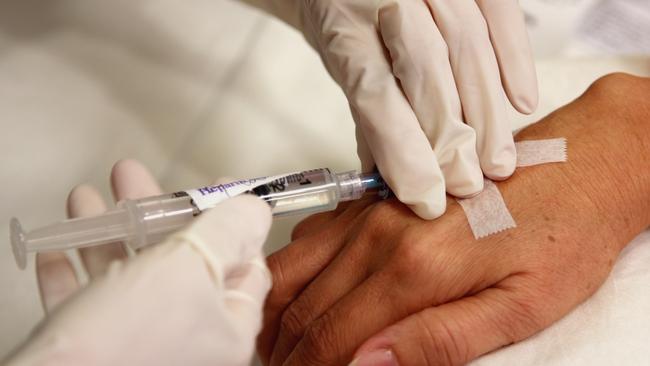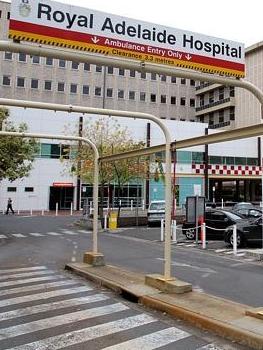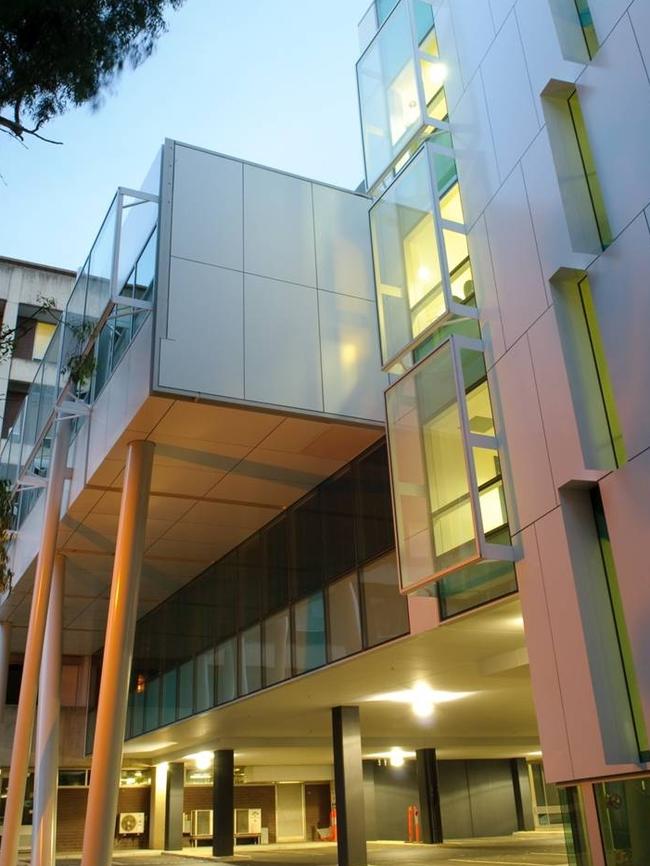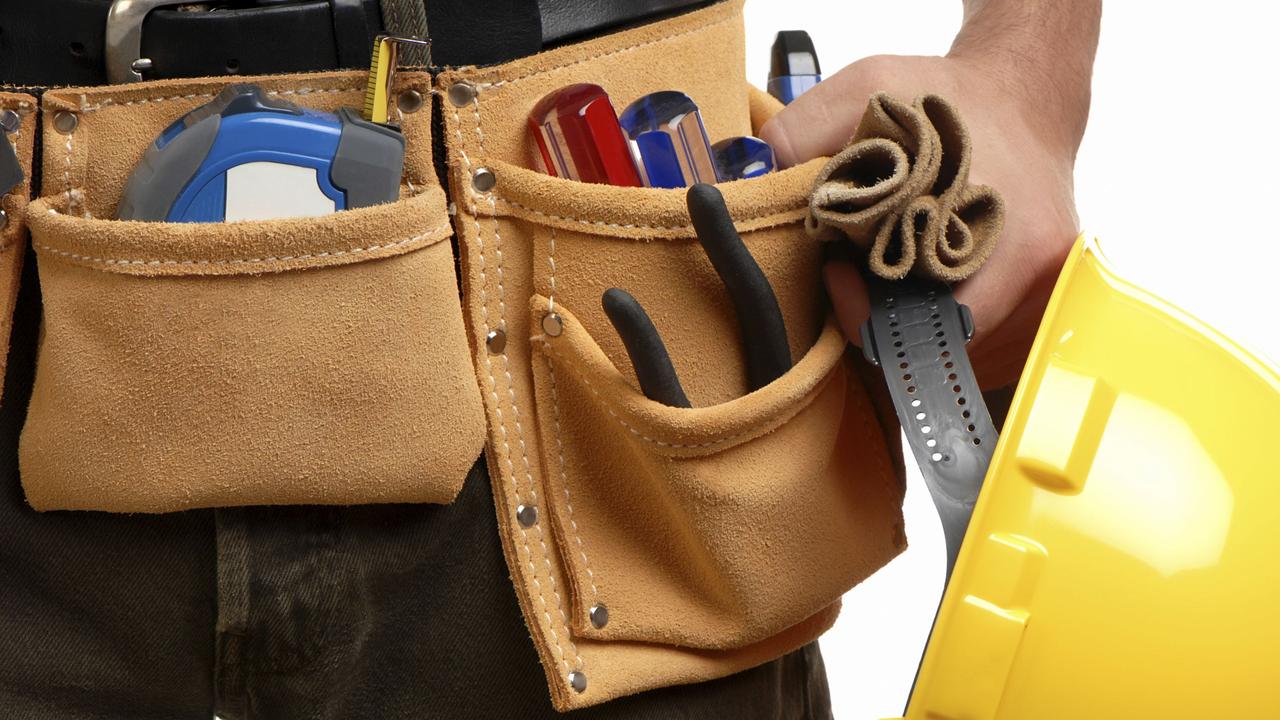How ‘typo’ denied cancer patients full treatment at Adelaide’s two major hospitals
TEN seriously ill cancer patients at Adelaide’s two major hospitals have had their hopes for a cure compromised because of a typographical error that halved their chemotherapy dose.

SA News
Don't miss out on the headlines from SA News. Followed categories will be added to My News.
TEN seriously ill cancer patients at Adelaide’s two major hospitals have had their hopes for a cure compromised because of a typographical error that halved their chemotherapy dose.
The patients, with acute myeloid leukaemia, were admitted to the RAH and Flinders Medical Centre last year for intensive chemo — but received half the dose recommended for optimal treatment.
SA Health Minister Jack Snelling apologised on Friday for the mistake, telling The Advertiser: “We are very sorry.”
“Incidents such as this are incredibly rare when you consider the thousands of people who deal with our health system every single day,” Mr Snelling said.
At least one patient, a man aged in his 60s who relapsed in March, has reached a confidential settlement with the RAH.
He was in remission from last November but was called in early this year after worrying blood results. He is gravely ill and is receiving treatment but has lost hope for a cure, which was a potential outcome from his initial treatment.
Legal sources said the family of the man had been left tormented by the thought of what might have been if he had received the treatment to which he was entitled.
The dosing error continued for six months and affected the second and third rounds of chemotherapy given to new patients diagnosed with a potentially fatal cancer, which attacks the blood and bone marrow.
It occurred because half the recommended amount of chemotherapy — one dose a day instead of two — was wrongly entered into the internal system that stores treatment protocols and is relied on by doctors and pharmacists.
Professor Peter Bardy, clinical director of cancer services for the Central Adelaide Local Health Network, confirmed the underdosing of the drug Cytarabine and blamed it on a typographical error.


He said all 10 patients had been notified of the mistake, which was in the system undetected from July 2014 until January this year.
“We have apologised for the distress this error has caused them and their families,” Professor Bardy said.
He said each patient was assessed to determine if any further treatment was required in light of them receiving less than the intended chemotherapy dose.
The Advertiser has learned through legal sources that the error came to light in January when a senior clinician wrote a script for the correct dose from her clinical knowledge and sent it to the pharmacy.
An alert pharmacist contacted her to say she had ordered twice the recommended amount. When she double-checked, the error was revealed.
Mr Snelling said yesterday the problem that led to it happening in the first place had been rectified. Professor Bardy confirmed the mistake was “a typographical error” and said all hospital database protocols had been reviewed for accuracy since it was discovered.
“We have put in additional measures to ensure this error does not happen again,” he said.
“This includes more stringent reviews of the protocols from senior clinicians and pharmacists to ensure accuracy before the protocols are made available to staff.”
The Advertiser understands the mistake was blamed by a senior clinician on a data entry error that occurred after the correct amount of chemotherapy had been prescribed.
The lesser amount appears to have been missed by specialists who countersigned the protocol before it was approved, and by practising specialists who administered the drug over six months.
The impact of the half-dose on patients with acute myeloid leukaemia is unknown but has caused distress to the patients and families of those already facing serious illness.
Legal arguments for compensation in relation to acute myeloid leukaemia are difficult to prove because of the high rate of relapse with the disease.
The Government refused to comment on whether there had been other applications for compensation.


